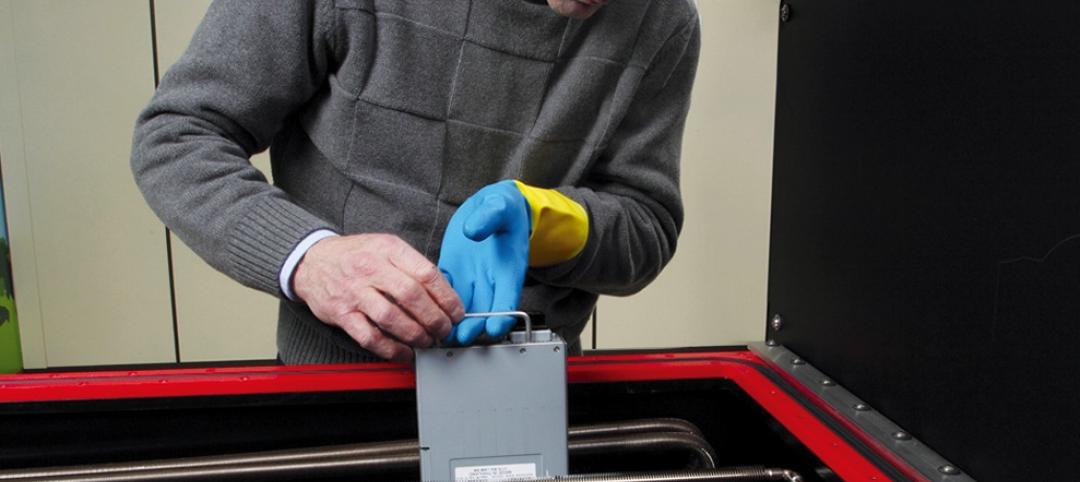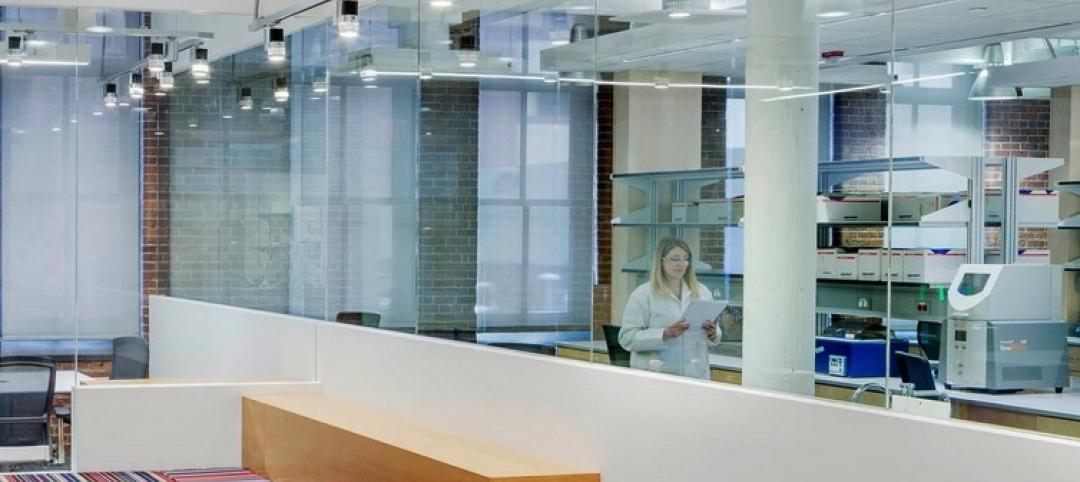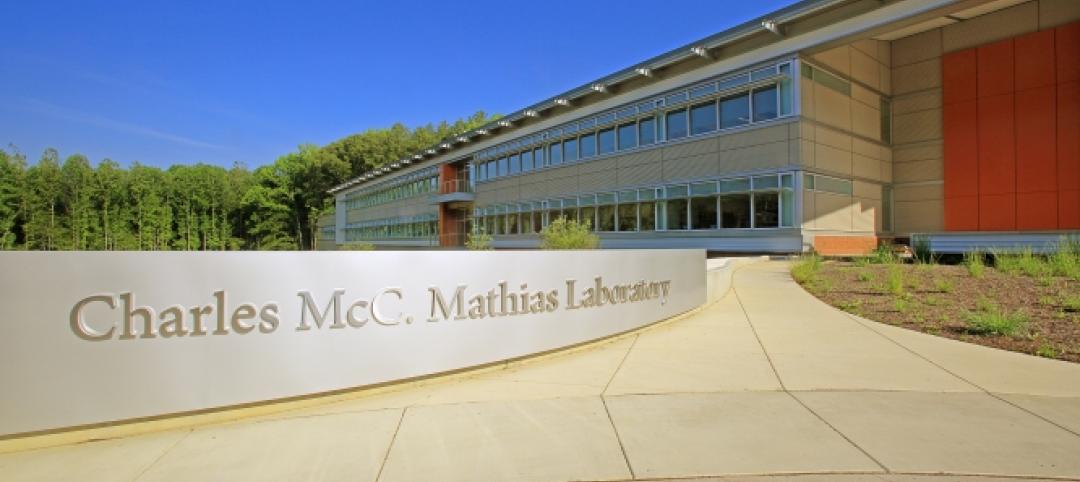The coal-producing industry has taken its lumps of late, a victim of natural gas fracking and restrictions on air pollution. This October, Tennessee Valley Authority (TVA) will finally close its outdated Widows Creek coal plant in Stevenson, Ala., which had been providing energy to the region since the 1960s, rather than knock heads with the EPA over tighter financial and environmental regulations.
That plant, located on 350 acres about 60 miles northeast of Huntsville, will be retrofitted into a data center that runs on renewable energy. Google has agreed to build this $600 million project, which would be its 14th data center globally, but the first it has committed to in eight years, according to the San Antonio Express-News.
Google’s data centers in Iowa and Oklahoma run on wind power, and the Alabama facility will operate solely on renewable energy, possibly a combination of wind and solar.
The company states on its website that it has recently expanded its data centers in the states of Georgia and Iowa, as well as in Singapore and Belgium. Construction on the Alabama plant is scheduled to begin early next year and to bring between 75 and 100 jobs to Jackson County.
Google’s data centers in Iowa and Oklahoma run on wind power, and the Alabama facility will operate solely on renewable energy, possibly a combination of wind and solar, the company states. The data center will be hooked up to TVA’s electrical transmission lines, and Google will work with the Authority to run renewable energy through the latter’s electrical grid.
Alabama Gov. Robert Bentley called this project “the start of a long-lasting, productive relationship with Google.” He credited the TVA’s chairman Joe Ritch for securing the project. Google will benefit from two state tax-abatement packages that stem from the passage, three years ago, of the Alabama Data Processing Center Incentive Enhancement Act, according to AL.com.
Gary Demasi, Google’s director of Global Infrastructure, said in a prepared statement that Google sees “a lot of potential in redeveloping large industrial sites like former coal plants, and we’re excited to bring a data center to Alabama.” Urs Hölzle, Google’s SVP for technical infrastructure, told the New York Times that the company would be evaluating “plausible projects” over the next 12 months.
The data center is expected to incorporate Google’s latest technology efficiencies, which allow it to get 3.5 times the computing power out of the same amount of energy, compared to five years ago.
Related Stories
| Oct 16, 2014
Perkins+Will white paper examines alternatives to flame retardant building materials
The white paper includes a list of 193 flame retardants, including 29 discovered in building and household products, 50 found in the indoor environment, and 33 in human blood, milk, and tissues.
| Oct 15, 2014
Harvard launches ‘design-centric’ center for green buildings and cities
The impetus behind Harvard's Center for Green Buildings and Cities is what the design school’s dean, Mohsen Mostafavi, describes as a “rapidly urbanizing global economy,” in which cities are building new structures “on a massive scale.”
| Oct 14, 2014
Slash energy consumption in data centers with liquid-based ‘immersive-cooling’ technology
A new technology promises to push the limits of data center energy efficiency by using liquid instead of air to cool the servers.
| Oct 12, 2014
AIA 2030 commitment: Five years on, are we any closer to net-zero?
This year marks the fifth anniversary of the American Institute of Architects’ effort to have architecture firms voluntarily pledge net-zero energy design for all their buildings by 2030.
| Oct 9, 2014
Beyond the bench: Meet the modern laboratory facility
Like office workers escaping from the perceived confines of cubicles, today’s scientists have been freed from the trappings of the typical lab bench, writes Perkins+Will's Bill Harris.
| Oct 1, 2014
4 trends shaping the future of data centers
As a designer of mission critical facilities, I’ve learned that it’s really difficult to build data centers to keep pace with technology, yet that’s a reality we face along with our clients, writes Gensler's Jackson Metcalf.
| Sep 24, 2014
Architecture billings see continued strength, led by institutional sector
On the heels of recording its strongest pace of growth since 2007, there continues to be an increasing level of demand for design services signaled in the latest Architecture Billings Index.
| Sep 22, 2014
4 keys to effective post-occupancy evaluations
Perkins+Will's Janice Barnes covers the four steps that designers should take to create POEs that provide design direction and measure design effectiveness.
| Sep 22, 2014
Sound selections: 12 great choices for ceilings and acoustical walls
From metal mesh panels to concealed-suspension ceilings, here's our roundup of the latest acoustical ceiling and wall products.
| Sep 19, 2014
Smithsonian Institution opens LEED Platinum lab facility
The Charles McC. Mathias Laboratory will emit 37% less CO2 than a comparable lab that does not meet LEED-certification standards.
















